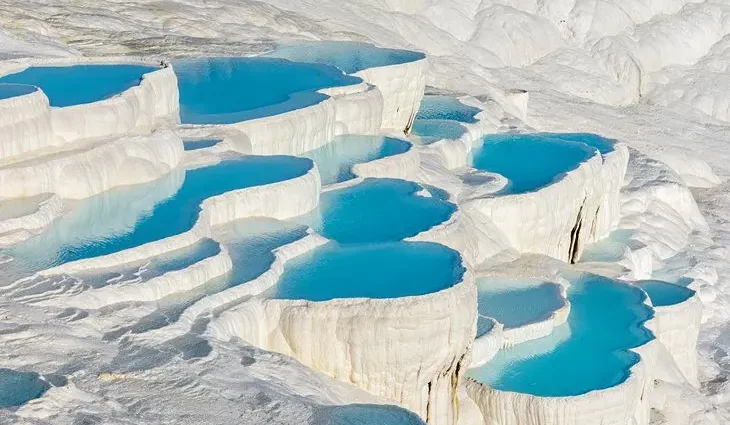Contents
- 1. Pamukkale Pools
- 2. Ölüdeniz Lagoon
- 3. Çirali beach
- 4. Kursunlu Waterfall
- 5. Mount Nemrut
- 6. Mount Ararat
- 7. Cappadocia
- 8. Istanbul
- 9. Mount Erciyes
- 10. Salda Lake
- 11. Uludag National Park
- 12. Saklikent National Park
- 13. Kekova Island
- 14. Soumela Monastery
- 15. Lycian Way
- 16. Kaunos Ruins
- 17. Köprülü Canyon
- 18. Aspendos
- 19. Pergamum
- 20. Gallipoli Peninsula
- 21. Patara Beach
- 22. Safranbolu
A fascinating country sitting somewhere between East and West, Turkey has a rich history and some of the most unusual and stunning destinations you’ll ever get to visit. Beautiful places to photograph in Turkey are easy to find.
From the ruins at Mount Nemrut to a coastline of azure waters and ancient islands, there are plenty of interesting images to capture in Turkey.
1. Pamukkale Pools

The deep blue travertine terrace formations and thermal pool in Pamukkale are a magnificent sight. The mineral-rich waters naturally flow down the hills, softly molding the snow-white limestone on the way. From afar, the hills look almost frozen and make for stunning photo opportunities. You can also climb to the top of the pools – 200 meters above ground level – for open views over the valley.
- Read More: Top-Rated Tourist Attractions in Pamukkale
2. Ölüdeniz Lagoon
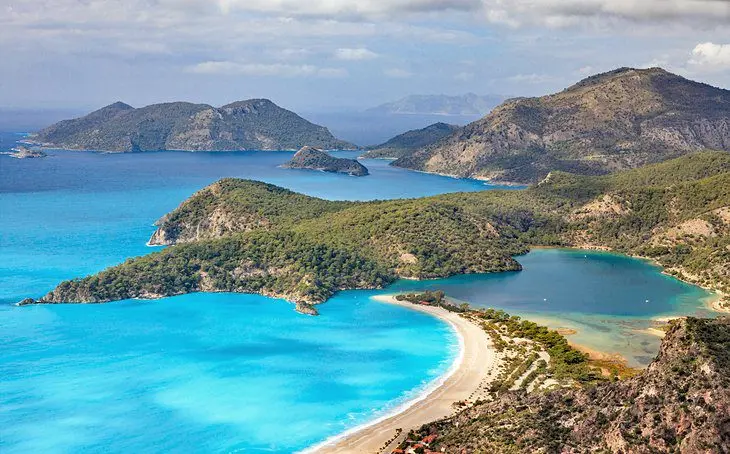
The blue lagoon in the resort village of Ölüdeniz is home to one of the best beaches in Turkey. It’s also a paraglider’s and kayakers’ dream. The long-distance Lycian Way trail starts here, but even for non-hikers, the azure lake and its surrounding pebble shore beach is a must visit.
- Read More: Top-Rated Attractions & Things to Do in Fethiye
3. Çirali beach
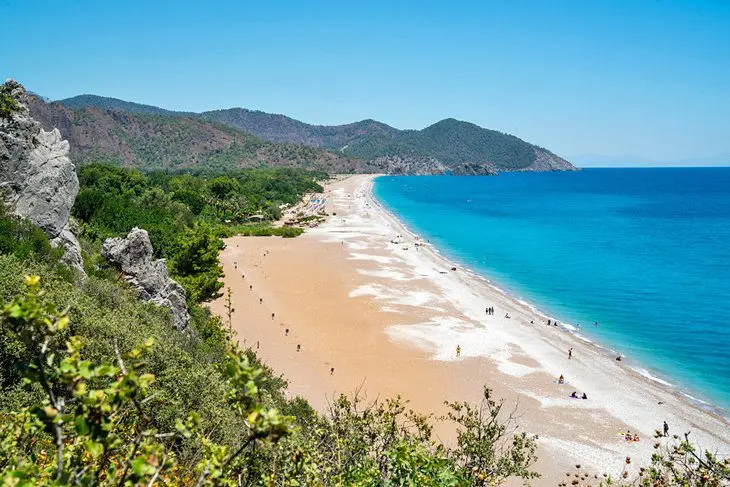
For nature lovers looking for a piece of tropical paradise, it doesn’t get much better than Cirali. A deserted beach surrounded by dark green forested mountains, Cirali is also close to ruins from the Lycian Empire. The beach is a protected area, as sea turtles nest on the sand.
- Read More: Exploring Ancient Olympos and the Chimaera: A Visitor’s Guide
4. Kursunlu Waterfall
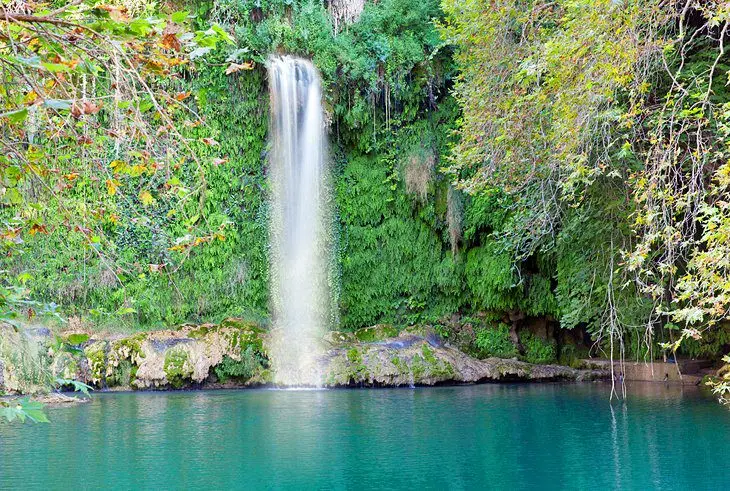
The Kursunlu Waterfall Nature Park is a thick pine forest with a hidden waterfall deep inside. While the waterfall is just 10 meters tall, the green-blue pool at its bottom, the restored mill nearby, and the rich wildlife more than make up for it with stunning colors and variety.
5. Mount Nemrut

An impressive 2,134 meters tall, Mount Nemrut is most notable for the ruins of a tomb-sanctuary at the summit – a collection of statues dating back to the 1st century BC. The “Mountain of the Gods” is especially beautiful at sunrise, as the sun wakes up behind the statues.
- Read More: Exploring Mount Nemrut: A Visitor’s Guide
6. Mount Ararat
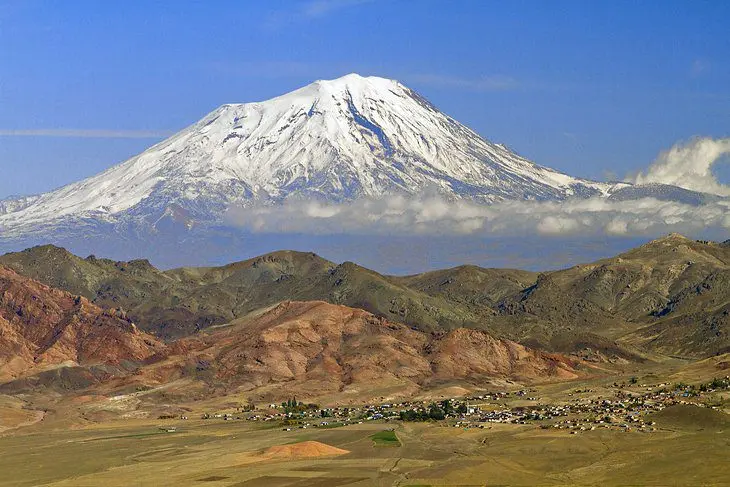
A snowcapped volcano and the highest peak in Turkey at 5,137 meters, Ararat is supposed to be the resting place of Noah’s Ark. Although the mountain is just over the border, within Turkey, it is considered Armenia’s national symbol and their holy mountain.
7. Cappadocia
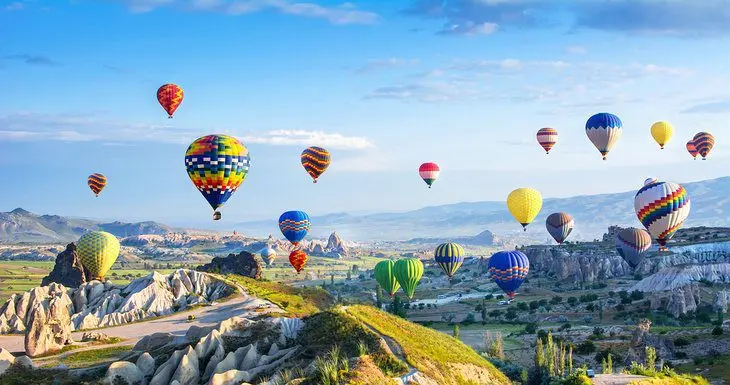
One of the most photographed sights in Cappadocia are the hot air balloons that fill the sky. Capture them against the volcanic landscape or hop on one for a ride over this fantastic landscape. Be sure to visit the Göreme Open-Air Museum.
Read More:
- Hot Air Ballooning in Cappadocia: A Complete Guide
- Top-Rated Tourist Attractions in Cappadocia
8. Istanbul

Don’t miss a chance to photograph the sites of Istanbul. Visit the attractions while you capture beautiful images. Some of the key highlights of Istanbul are Aya Sofya (formerly Hagia Sofia), the Topkapi Palace, and the Blue Mosque, but you can also find interesting places to take pictures in bazaars and shopping areas of Istanbul.
9. Mount Erciyes

Mount Erciyes is a large stratovolcano that serves as a major winter sports site. Almost continuously covered in snow, the mountain can be climbed in about three hours on cross-country skis in winter, starting from the main ski-lift station. In summer, when the ski lifts are closed, the hike can take up to eight hours.
10. Salda Lake
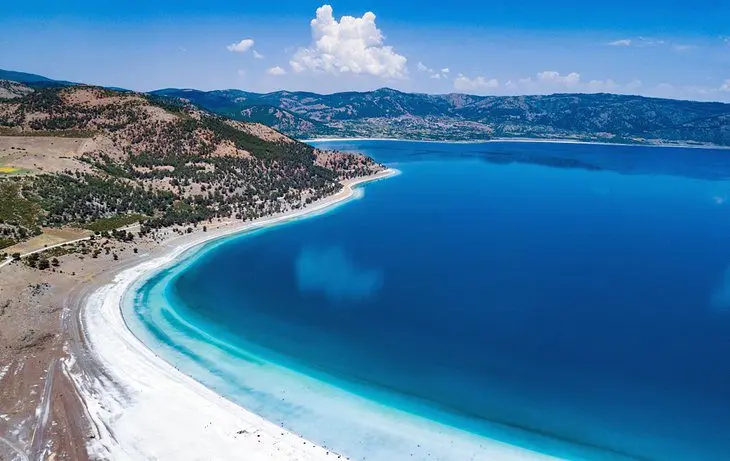
Turkey’s deepest lake at 196 meters, Salda is a crater lake surrounded by black pine forests. Famous for its many shades of blue and turquoise, its legendary healing qualities, and soft white beaches that mimic the dunes on Mars, Salda is a must-see when visiting Turkey.
11. Uludag National Park

One of Turkey’s favorite winter sports destination, Uludag National Park is equally stunning during the summer and fall, as the trees start to change color and transform the landscape into a fiery shade of reds and yellows. This is the perfect time for hiking through the forests that cover Mount Uludag.
12. Saklikent National Park
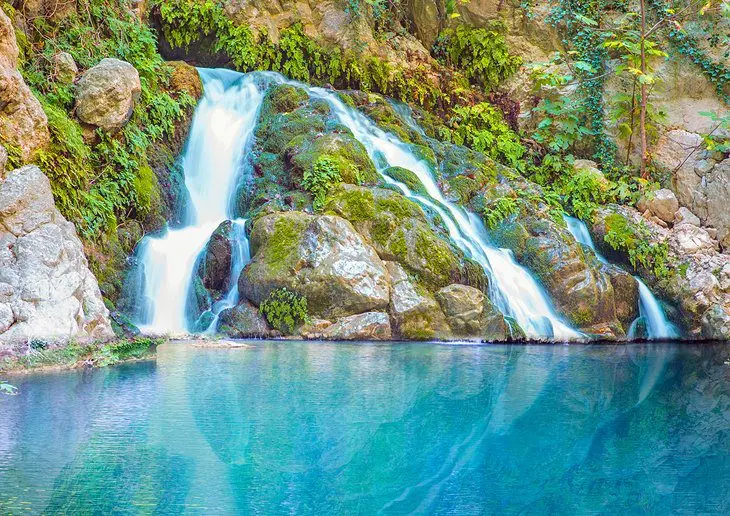
Most of Saklikent National Park is actually a 300-meter-deep canyon. The deeper parts of the canyon are only accessible after April, as water levels are high during winter and early spring, making it dangerous to hike the slippery rocks. The park has more than 30 waterfalls, some of which can be climbed or rappelled under professional guidance.
13. Kekova Island
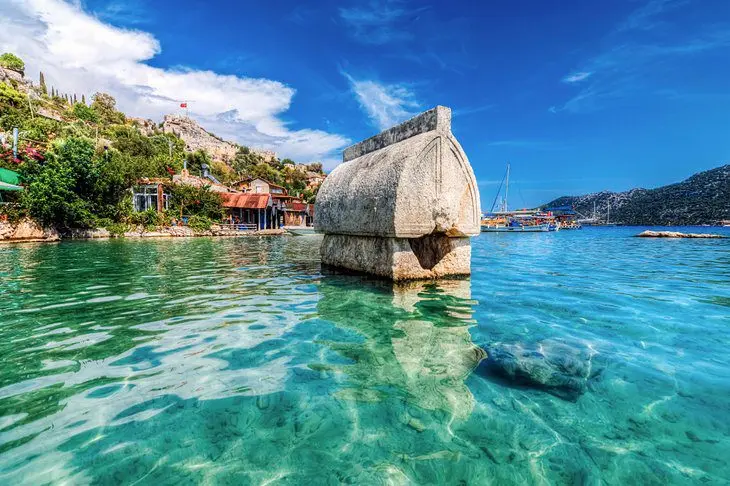
The Simena castle and ruins of an ancient Lycian site are only one of the highlights of the beautiful Kekova Island. Sunken ruins, ancient towns dating back to the 2nd century, and a bay of tranquil turquoise waters make this inhabited island a must-see.
- Read More: Top-Rated Tourist Attractions in Kas
14. Soumela Monastery
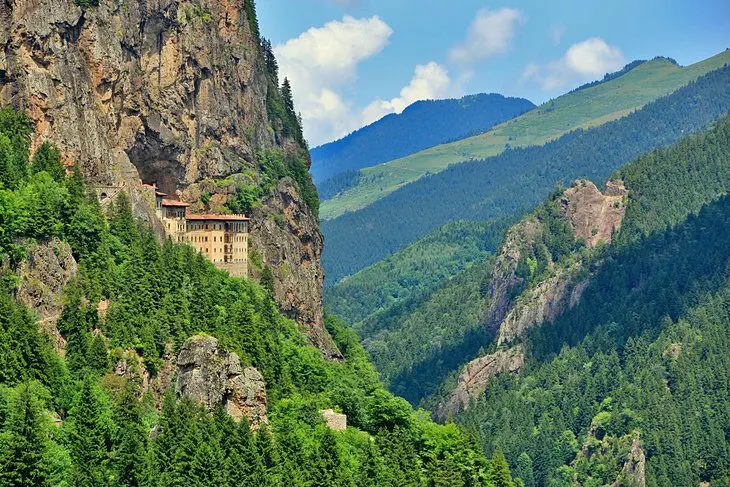
Built right on a ledge in a steep cliff on Mela Mountain, the Soumela Monastery is 1,200 meters up in the air. The views from the ancient monastery, wide-open over blueish mountain and evergreen forests, are just as stunning as the structure itself. Originally built in the 4th century and extended and rebuilt over the centuries, the monastery can be reached after a steep, strenuous 30-minute hike.
15. Lycian Way
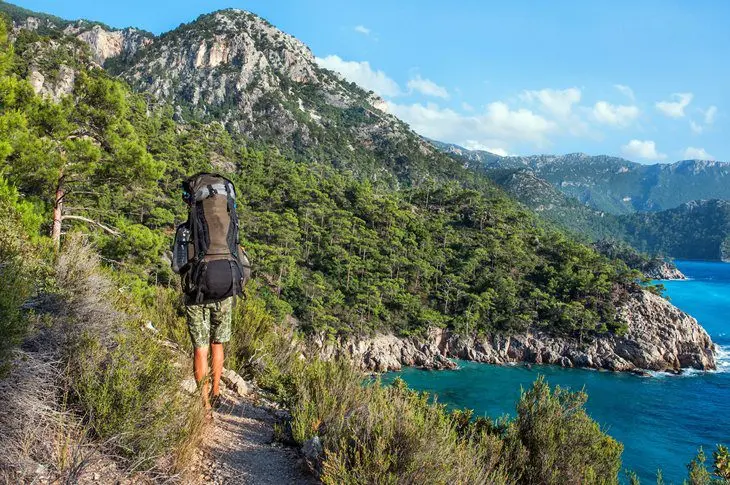
One of the world’s most stunning long-distance hiking trails, the coastal Lycian Way is 540 kilometers long – trekking the entire length would take 29 days. Most hikers come here to walk short sections of it along rugged backcountry and towering sea cliffs, deep blue waters, and ancient ruins.
16. Kaunos Ruins
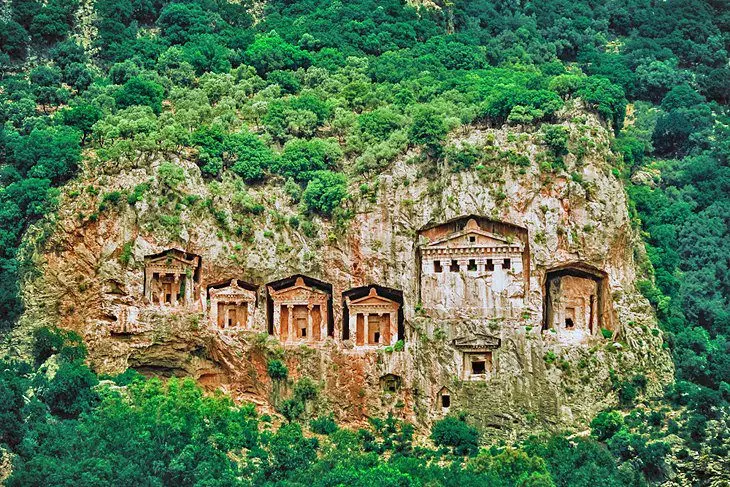
The ruins of the ancient city of Caria sit a few kilometers away from the coast – back in the 10th century BC, however, before the beach and the bay were developed, Caria was right over the water. An amphitheater, Roman baths, a number of fortifications, and a domed Byzantine basilica are among the most stunning ruins.
17. Köprülü Canyon
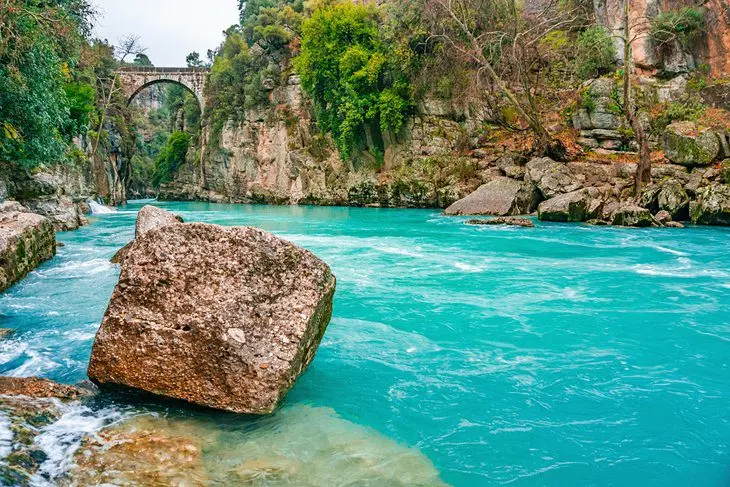
Koprulu Canyon National Park has much to offer in the way of hiking and ancient ruins. most visitors come here to see the Oluk Bridge, which dates back to the 2nd century AD. The turquoise waters of the Kopru River, which flows below the bridge, are a popular place for canoeing and rafting.
Read More: Top-Rated Tourist Attractions in Antalya
18. Aspendos
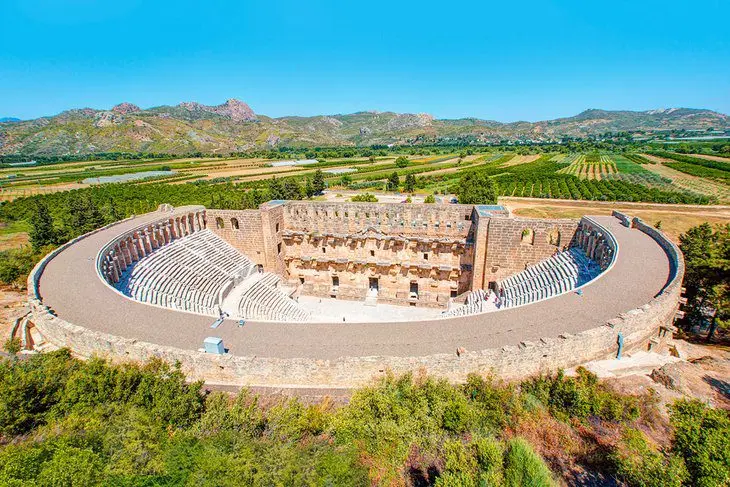
The city of Aspendos was a major trading point of salt and wool by the 5th century BC and today is known for having one of the most stunning ancient theaters still standing. The 96-meter-wide theater was built around the year 155 by a Greek architect using a system of stone vaults. The annual Aspendos International Opera and Ballet Festival is still held at the theater.
19. Pergamum
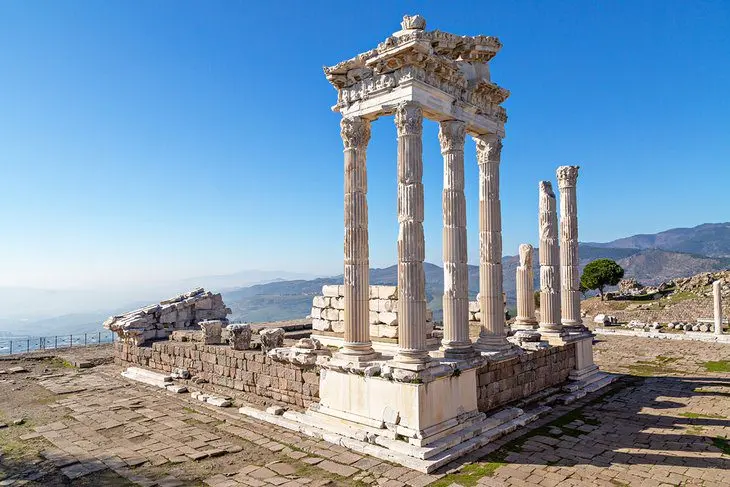
This ancient Greek city sits on a hill looking over the Selinus and Ketios rivers. The ruins of Pergamon include an impressive theater set on a rolling hill; a library that once held over 200,000 books; and the Altar of Zeus, dating back to the 2nd century BCE.
Read More: Top Highlights of Pergamum (Bergama) & the North Aegean
20. Gallipoli Peninsula

Sitting against the Aegean Sea and the Gulf of Saros, the Gallipoli Peninsula was once the background for some bloody WWI battles. Today, it’s best known for its beautiful beaches and coves, which offer excellent swimming spots in deep blue waters. Although just 250 meters long, the beach here is particularly picturesque because of the high cliffs behind it and the stunning, open sea views.
21. Patara Beach
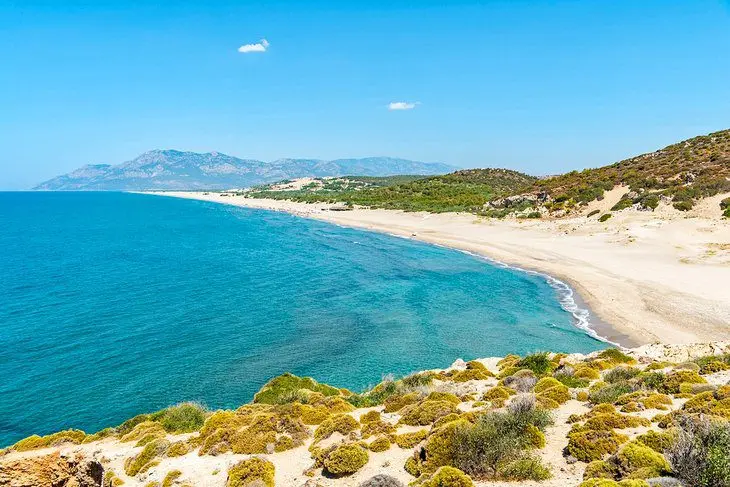
Just steps from the ancient city of Patara, this white beach offers perfect sunsets; excellent swimming and surfing; turquoise waves; and the ruins of one of the world’s oldest lighthouses, built during the times of Roman emperor Nero. A local team of historians and architects is now working to rebuild the lighthouse.
22. Safranbolu
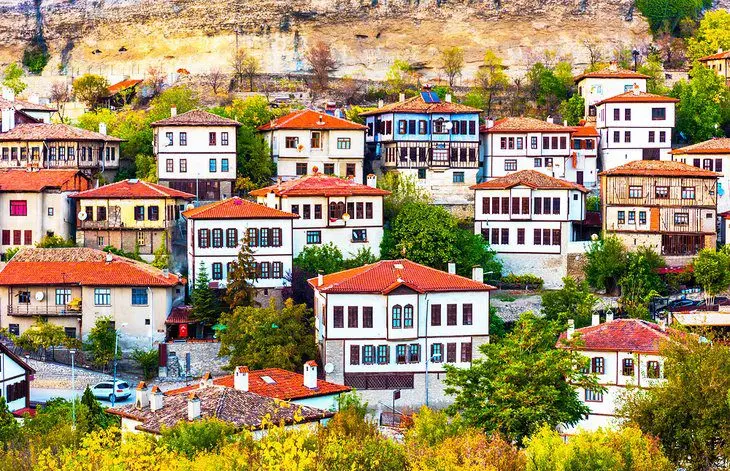
An important stop in the East—West trade route until the arrival of the railway in the 20th century, this UNESCO World Heritage city is a beautiful example of a traditional Ottoman city with typical red-roofed houses. There are plenty of well-preserved buildings as well here, including sundials, Turkish bathhouses, and tombs.
Read More: Top-Rated Attractions & Things to Do in Safranbolu










